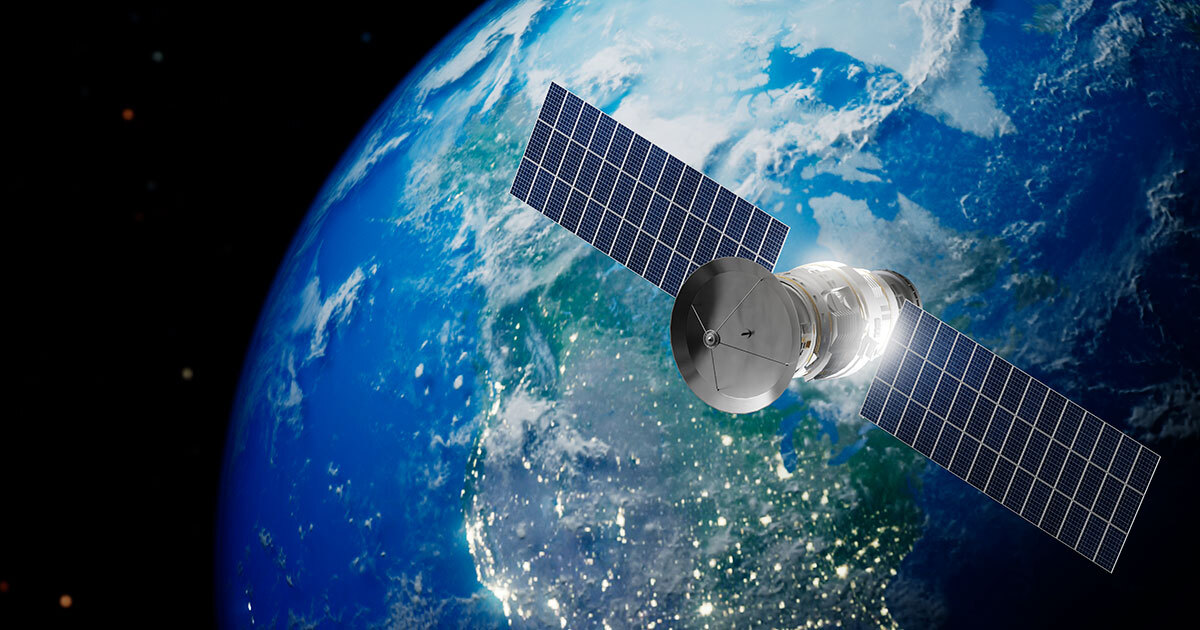AI in Support of Communication Networks

Purchased on Gettyimages. Copyright.
ÉTS Professor Bassant Selim, from the Department of Systems Engineering, is one of the researchers working on improving communication networks through artificial intelligence. As lead inventor during her time at Ericsson, she developed a solution to reduce interference using artificial intelligence.
She talked to us about her current focus on three areas of research.
Optimizing Resources
According to Bassant Selim, our relationship with communications has changed significantly over the past few decades, leading to major transformations in communications networks. “Before, we used mobile communications to make calls, send messages or watch videos. Now, communication technologies are at the heart of our lives. Thus, there are more and more expectations to be met, especially in the context of critical applications and network optimization.”
AI research aims to improve network performance and energy efficiency for the sake of sustainable development.
“Before, we used optimization algorithms to manage network resources,” says Selim, “but this is becoming increasingly difficult as networks become more complex.” Now, artificial intelligence is used to make predictions needed for better manage resources.
In terms of mission-critical applications, such as telehealth, connected factories and even autonomous vehicles, there are latency requirements that must be met. “Data must be transmitted in a specific time frame, and the error rate must be very low,” says Selim. Artificial intelligence manages demand priority to satisfy network traffic in an optimal way.
Reducing Environmental Impacts
With the ever-increasing number of connected objects and the strong interest in home automation, we see accelerated growth in the volume of data generated in the network and growing demand for energy. And this is precisely one of the issues that research in artificial intelligence addresses.
When we look at small devices, such as connected home appliances, the energy consumption constraint holds our attention,” explains Selim. We don’t need the level of reliable connections that is required for critical applications.

So artificial intelligence meets demand while minimizing energy use to reduce environmental impacts. “For example, in the past, some antennas were expected to be used less between 2 a.m. and 5 a.m., but stayed on for the rest of the day.”
Today, artificial intelligence can make accurate predictions of traffic in the networks. “Depending on demand,” continues Selim, “if the antennas are not transmitting and their signals are not being used, they are turned off.” This is because they consume significant energy when they stay on, even if they are not transmitting.
Enabling New Technologies
For the past few years, the federal government has been working on the implementation of smart grids. The goal is to modernize safe and secure electricity delivery while reducing greenhouse gases and improving services.
Artificial intelligence is also useful in the field of the Internet of Things. More and more connected objects use sensors that communicate with sensitive technologies. Because there is sometimes interference from impulsive noise, communication can be difficult. “Artificial intelligence can estimate this noise to reduce its impact,” says Selim. The signals received are passed through a neural network that estimates the impulsive noise’s distribution to reduce its impact and improve signal quality.”

ÉTS professor Bassant Selim
Sensors help monitor errors to avoid power outages and ensure better power grid operation. “These projects are possible because of communications between the different entities and components on the smart grid, and this is the focus of my research,” says Bassant Selim.
In a nutshell, when artificial intelligence research is used in telecommunications, it is possible not only to improve network performance on a daily basis, but also to reduce their environmental impact.



